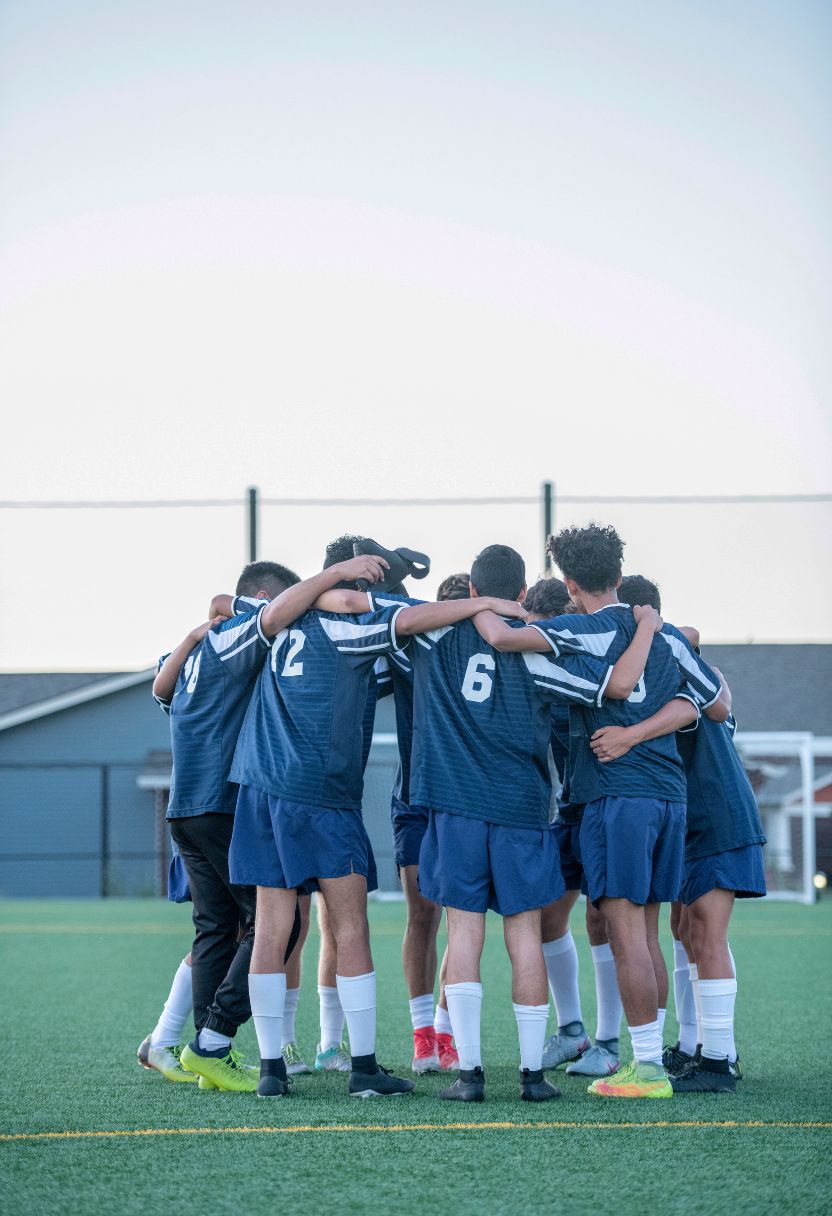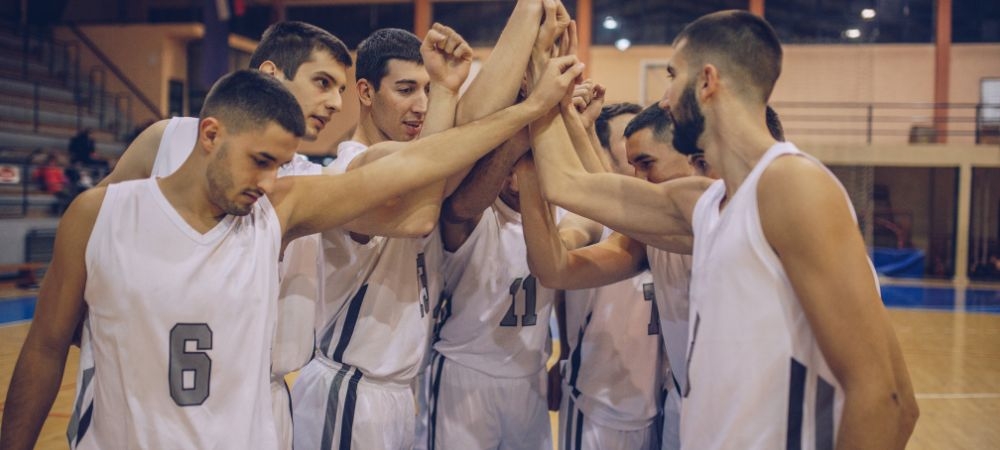

Concussion protocols? Oh boy, where do I even begin? Honestly, they're more important than most folks realize. I mean, you wouldn't think a little bump on the head could cause so much trouble, right? But it can! And that's why having solid concussion protocols in place ain't just a good idea-it's absolutely necessary.
First off, let's talk about what happens when there's no proper protocol. Get access to additional details browse through this. Without these guidelines, people might not take concussions seriously enough. You know how some folks are-they'll say "It's just a headache" or "Walk it off." Big mistake! Ignoring symptoms can lead to long-term damage and even serious health risks. It's like playing Russian roulette with your brain!
And don't get me started on sports teams that lack these procedures. Coaches might push players back into the game too soon, thinking they're fine because they look okay. Well guess what? Looks can be deceiving! Just 'cause someone seems alright doesn't mean their brain isn't screaming for help.
Now let's consider schools and workplaces-they need concussion protocols too. Kids especially are at high risk; their brains are still developing. A fall off the monkey bars or getting hit during dodgeball ain't trivial stuff! And adults aren't invincible either; workplace accidents happen all the time. Having a set procedure ensures everyone knows exactly what steps to take if something does go wrong.
Oh, and let's not forget about education and awareness-two key elements of any good protocol. If people don't know the signs of a concussion or understand its seriousness, they'll never follow through with proper treatment or rest periods. Awareness campaigns can make all the difference here.
So yeah, while some might think concussion protocols are overkill (spoiler alert: they're not), they're actually lifesavers in disguise. They ensure immediate care is given and long-term monitoring happens as needed.
In short (or maybe not-so-short), concussion protocols matter-a lot more than we sometimes give 'em credit for! They're there to protect us from making bad situations worse and to remind us that taking care of our brains should always be top priority.
Certainly! Here's a short essay on standard procedures for diagnosing concussions within the topic of concussion protocols:
---
When it comes to diagnosing concussions, you'd think it's always straightforward, right? Well, not quite. Concussion protocols are essential, but they're also complex and require careful attention. The standard procedures in place aim to ensure that no detail is overlooked.
First off, doctors don't just rely on one test or symptom. They use a combination of evaluations to get an accurate diagnosis. Initial assessment usually starts with something called the Glasgow Coma Scale (GCS). It's not rocket science-just a simple scale that helps determine the severity of brain injury by assessing eye, verbal, and motor responses.
Next up is cognitive testing. Tools like the SCAT5 (Sport Concussion Assessment Tool) are often employed here. These tests assess memory function, concentration levels, and recall ability. It's not like they're trying to trick you; they're just ensuring your brain's working as it should.
Oh! And let's not forget about the physical examination part of it all. Neurological exams check reflexes, balance, coordination-you name it. Sometimes people assume if you're walking straight then you're fine-nope! Balance issues can be subtle but telling signs of a concussion.
Imaging tests like MRIs or CT scans might come into play too. Not always though! Contrary to popular belief these aren't routine unless there's suspicion of severe complications like bleeding or swelling in the brain.
Let's talk symptoms for a sec: headaches, dizziness, nausea-they're common but don't appear in every case. So docs will ask about how you're feeling because self-reporting is crucial too.
But wait-there's more! Observation over time is key since some symptoms develop later rather than sooner after injury occurs. That means follow-up appointments should be part of any good concussion protocol so nothing slips through cracks.
In conclusion (yes we're wrapping this up), standardized procedures for diagnosing concussions may seem overwhelming but they're designed with patient safety at heart-and mind! It ain't perfect but by using multiple methods from GCS scores to neurological exams and even imaging when necessary ensures no stone's left unturned in identifying these sometimes elusive injuries.
So next time someone says "It's just a bump," remember there's much more going on behind scenes than meets eye!
---
I hope you find this short essay both informative and engaging!
The Olympic Gamings, restored in 1896, are one of the globe's earliest sporting events, originally held in old Greece from 776 BC.
The first marathon honored the run of the soldier Pheidippides from a battleground near the community of Marathon, Greece, to Athens in 490 B.C., inspiring the modern marathon's distance of 26.2 miles.
The Super Dish, the national championship of the NFL, is understood for its lavish halftime shows and prominent commercials, ending up being a substantial event in American culture beyond sporting activities.
The Iditarod Path Sled Pet dog Race, one of one of the most challenging endurance competitions on the planet, runs over 1,000 miles from Anchorage to Nome, Alaska, in harsh winter months problems.
Transforming an average team into champions might sound like a daunting task, but it’s not impossible.. Sports techniques have been time-tested and proven to turn the ordinary into extraordinary.
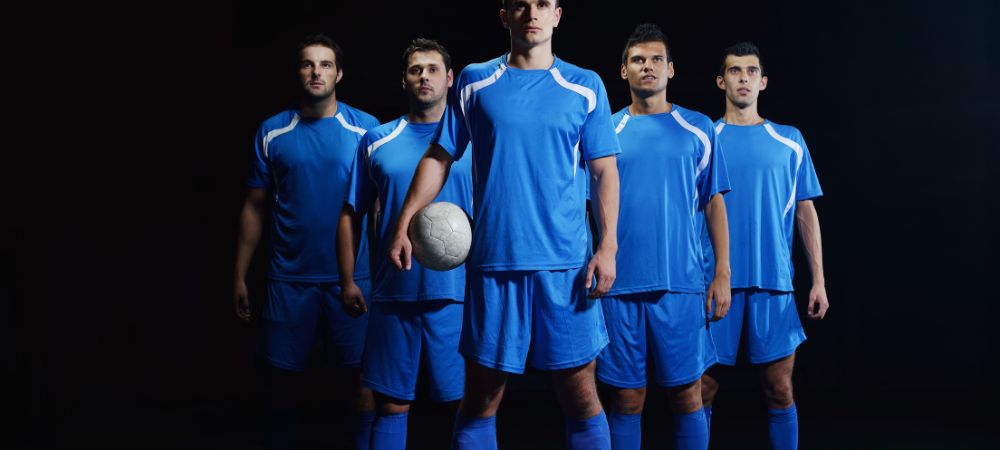
Posted by on 2024-07-08
Continuous Improvement and Adaptation
When it comes to mastering the art of team dynamics, one thing's for sure: you can't expect perfection overnight.. It ain't gonna happen.
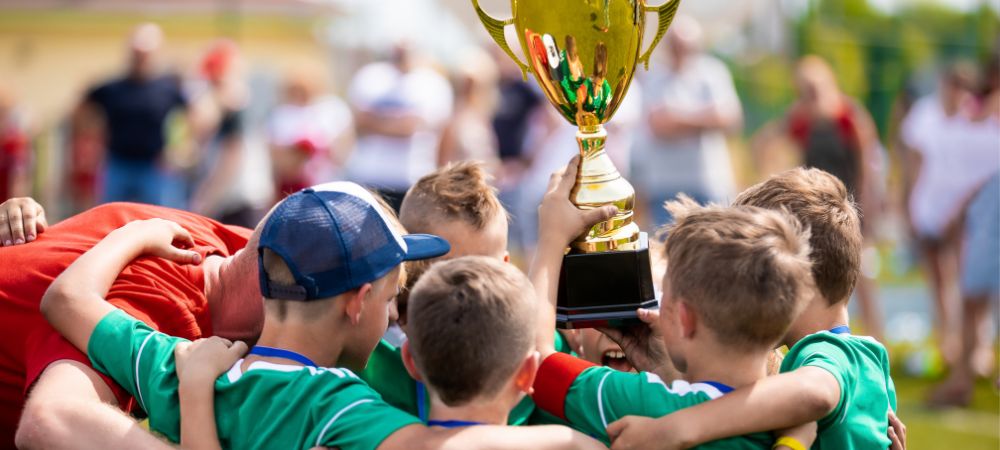
Posted by on 2024-07-08
The Role of Coaches and Leaders in Fostering a Collaborative Environment
In team sports, the importance of teamwork and communication can't be overstated.. Without these elements, even the most talented athletes would struggle to find success.
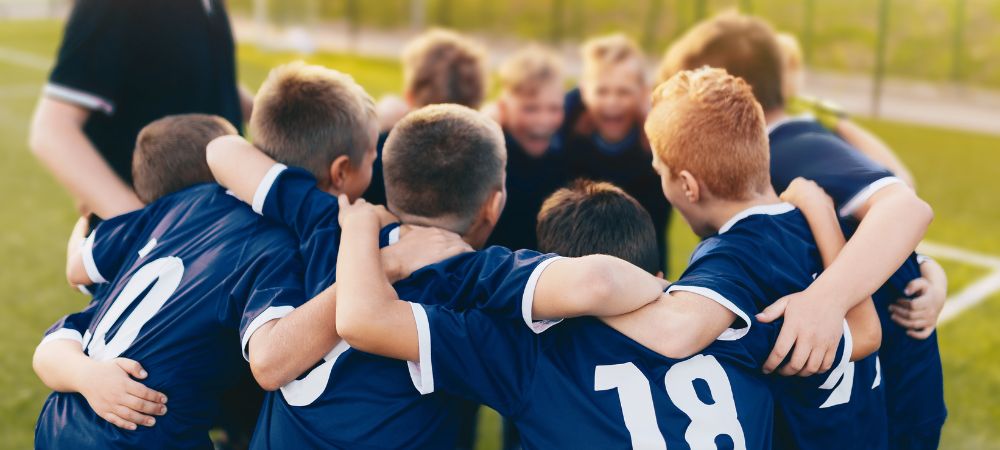
Posted by on 2024-07-08
Coaching styles can dramatically influence team performance, and there's no shortage of case studies that highlight successful implementations.. By looking at different approaches, we get a clearer picture of what works and what doesn’t.
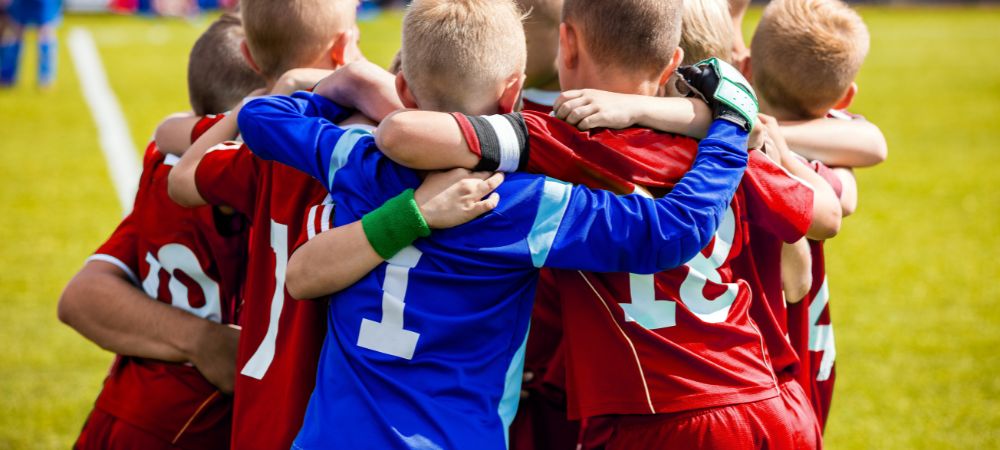
Posted by on 2024-07-08
Sure, here's a short essay on the topic:
---
Strategies for Incorporating Team Sports into Daily Life
Participating in team sports ain't just about having fun or working up a sweat.. There's so much more to it!
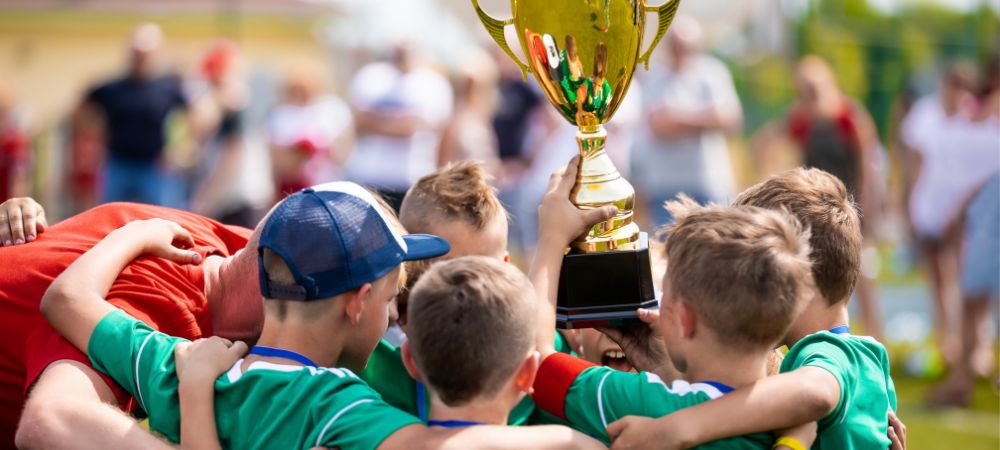
Posted by on 2024-07-08
Concussions are no joke, especially when they happen on the field. Immediate response and management are crucial to ensuring the safety of the injured player. Let's face it, nobody wants to see someone get hurt, but accidents do happen. When they do, knowing how to react promptly can make a world of difference.
Firstly, it's important that coaches and team members recognize the signs of a concussion right away. It ain't always easy because symptoms can be subtle. A player might seem just fine one moment but then start showing signs like dizziness or confusion the next. If there's even a hint that someone has taken a hit to the head and isn't quite themselves, it's time to act fast.
Don't ignore it! The first step is to remove the player from play immediately. No ifs, ands, or buts about it – continuing to play with a suspected concussion can lead to further injury and long-term problems. Once off the field, it's essential not to downplay what happened; this isn't something you want to brush under the rug or simply walk off.
Next up is assessing their condition more thoroughly. This usually involves checking for symptoms like headache, nausea, balance issues, or changes in mood or behavior. You don't need fancy equipment for this initial check – just some basic know-how and attentiveness will do. And hey, if you're unsure about anything at all? It's better safe than sorry; err on the side of caution every single time.
In addition to immediate removal from play and assessment, there needs to be clear communication with medical professionals as soon as possible. Don't think twice about calling in experts who have more experience dealing with concussions – they're trained for this exact scenario!
While waiting for professional help, keeping an eye on any worsening symptoms is key too. If things start going downhill quickly (like severe headaches or vomiting), emergency services should be contacted right away without hesitation.
And oh boy - let's not forget about follow-up care! The injured player shouldn't return until they've been cleared by a healthcare provider who specializes in concussions. Pushing them back too soon could lead right into another injury which would be disastrous!
Lastly but certainly not least- education plays such an important role here! Teams oughta regularly educate players on recognizing concussion symptoms both in themselves and others around them so everyone knows what actions must take place during those critical moments after impact occurs.
So yeah… while we hope never needing these protocols becomes reality someday – having ‘em ready ensures we're prepared when needed most! Safety first always trumps everything else cuz nothing's worth risking lifelong health consequences over playing through pain unnecessarily ever again!

Returning to play after a concussion ain't something to be taken lightly. Oh no, it's a process that requires careful consideration and adherence to strict criteria to ensure the safety of the athlete. First off, let's get one thing clear: you can't just jump back into action right after a concussion. The brain needs time to heal, and rushing this could lead to long-term damage.
So, what are these criteria we're talking about? Well, first and foremost, an athlete must be completely symptom-free at rest before even thinking about returning to physical activity. No headaches, dizziness or confusion should be present. If any of these symptoms persist, it's a big 'nope' from the medical team.
Next up is cognitive testing. The athlete's mental functions should return to baseline levels as measured by pre-injury tests if those were conducted beforehand. This means their memory, concentration and problem-solving skills need to be back on track. If they're still struggling with simple math problems or remembering basic details, then they're not ready yet.
But wait - there's more! The return-to-play protocol usually involves a graduated exercise program that starts with light aerobic activities like walking or stationary biking. It's crucial that the athlete does not experience any recurrence of symptoms during or after this phase. If they do? Back to square one.
After successfully completing light exercises without issues, athletes can gradually move on to sport-specific drills which don't involve any risk of head impact yet. Think dribbling a basketball or practicing soccer passes-nothing too intense just yet.
If all goes well through these stages-and only if-the final step would be full-contact practice under close supervision before finally being cleared for competition again. Even then, constant monitoring is necessary because symptoms might reappear unexpectedly.
It's also worth mentioning that communication between coaches, athletes and healthcare professionals is key throughout this entire process; everyone needs to stay informed and vigilant about changes in condition!
In conclusion (yes we're wrapping it up), returning from a concussion isn't fast nor easy but following these steps ensures safer outcomes for athletes eager getting back into game mode! So remember: patience really pays off when dealing with brain injuries!
Oh boy, concussion protocols. They're crucial and medical professionals play such a key role in them. I mean, it's not like anybody else can do what they do, right? So, let's dive into this.
First off, medical professionals ain't just doctors. There are nurses, physical therapists, and even athletic trainers who get involved in managing concussions. It's kinda their job to know what's going on with a patient's brain after an injury. They make sure that the right steps are taken to prevent further harm.
You'd think identifying a concussion is easy peasy lemon squeezy but it's not always straightforward. Symptoms can be all over the place – dizziness, headaches, confusion – you name it! Medical pros have to assess these symptoms carefully and sometimes repeatedly cuz they might change over time. It ain't no walk in the park!
Then there's this whole monitoring thing. Oh man, it's intense! Patients need regular check-ups to track their recovery progress or lack thereof. Medical pros must be vigilant and notice if things ain't improving as expected. If things go south or don't seem right at any point - bam! They gotta rethink the plan.
Medical professionals also educate people – athletes, parents, coaches – about the seriousness of concussions and how vital it is to follow protocols strictly. This isn't something you can just brush off like a paper cut; improper management could lead to long-term problems or worse.
Another biggie is making return-to-play decisions for athletes who've suffered concussions. This might be one of the trickiest parts because everyone wants back in action ASAP but rushing it can do more harm than good. The docs have got to balance eagerness against safety which is no small feat!
And let's not forget documentation! Keeping accurate records of every single step taken during diagnosis and treatment is paramount (not fun tho). These records help ensure continuity of care plus they could be crucial if there are legal implications down the line.
So yeah... without medical professionals doing all this stuff meticulously within concussion protocols – phew! Things would probably fall apart pretty quickly.
In conclusion (I hate saying that), we can't understate how critical medical pros are when dealing with concussions: diagnosing accurately despite varied symptoms; monitoring recovery closely; educating everyone involved; making safe return-to-play calls; documenting everything properly... They really keep everything from spiraling into chaos!
There ya have it folks – hats off to our dedicated medical crew handling concussions 'cause they sure deserve some major props!
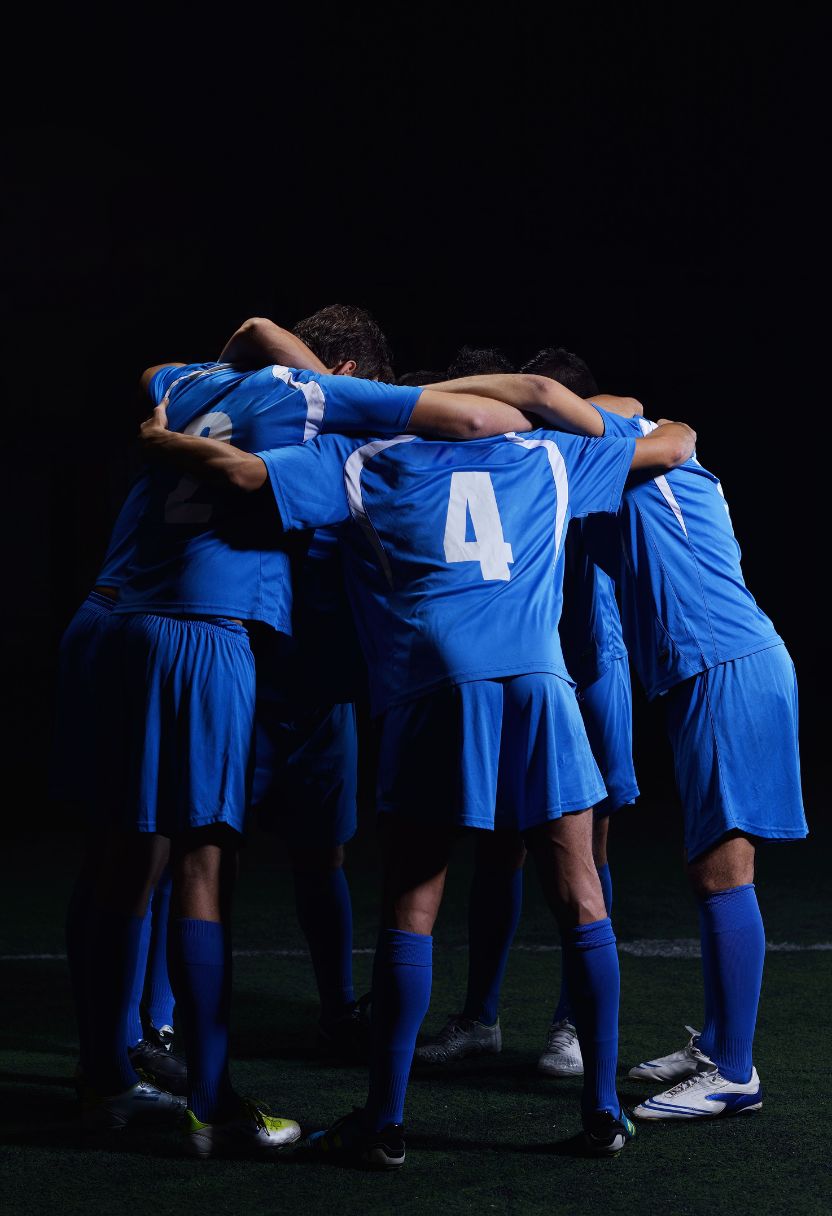
Education and training for coaches, players, and staff on concussion protocols is crucial in today's sports environment. It's funny how not long ago we didn't pay much attention to head injuries. Nowadays though, it's impossible to ignore the importance of understanding concussions. You'd think everyone would be on the same page by now, but that's not always the case.
First off, let's talk about coaches. They're supposed to lead their teams and make critical decisions during games. If they ain't properly educated about concussions, they might end up putting players at risk without even realizing it. Coaches need comprehensive training that covers everything from recognizing symptoms to implementing return-to-play protocols. They shouldn't just rely on gut feelings or outdated information.
Players too have a huge responsibility when it comes to this issue. Young athletes often think they're invincible-oh boy, don't we all remember those days? But having knowledge about the risks associated with concussions could literally save their lives or careers. Players should be encouraged to speak up if they suspect they've suffered a head injury instead of playing through pain out of sheer stubbornness or fear of letting down their team.
And let's not forget about the medical staff – trainers and team doctors who are right there on the front lines when an injury occurs. Their expertise is invaluable but continuous education ensures they're up-to-date with the latest research and practices regarding concussion management. The protocols for handling suspected concussions evolve as new discoveries are made; therefore, these professionals mustn't become complacent.
It's also essential that everyone understands there's no one-size-fits-all solution here because each sport has its own set of challenges and risks related to concussions. Football might have different procedures compared to soccer or hockey due to varying levels of contact involved in gameplay.
Moreover, fostering a culture where reporting injuries isn't frowned upon can make all the difference in early diagnosis and treatment of concussions which ultimately leads to better recovery outcomes for everyone involved.
In conclusion (not trying too hard), proper education and training around concussion protocols aren't just nice-to-haves-they're essentials! We can't afford negligence-not when it comes down something so vital as brain health-whether you're coachin', playin', or lookin' after player welfare from medical standpoints... Everyone's gotta be clued-up!
So next time you see someone shaking off what looks like more than "just another hit," remember: It's better safe than sorry!
Concussion protocols in sports ain't something new, but they sure have evolved over the years. Teams across various sports have their own ways of dealing with 'em, and these methods can be quite different. I mean, just look at football, soccer, and rugby – each sport has its unique approach.
In American football, for instance, the NFL's concussion protocol is pretty rigorous. If a player takes a hard hit to the head or shows any signs of a concussion, they are immediately taken outta the game. They gotta go through a series of tests before they're even considered for return. This ain't just some quick check-up; it involves cognitive assessments and balance evaluations. The player can't come back until an independent neurologist clears them.
Now compare that to soccer – FIFA's got its own set of rules too. When players get concussions on the field, they're removed right away as well (though sometimes not fast enough). There's this whole "if in doubt, sit 'em out" philosophy that's supposed to be followed. But honestly? You still see cases where players push themselves too soon 'cause they don't wanna let their team down.
Rugby's another beast altogether! World Rugby has its Head Injury Assessment (HIA) protocol which is pretty detailed too. Players suspected of having a concussion are taken off for an assessment that lasts about 10 minutes during which time temporary substitutions can be made. If they fail any parts of this test or exhibit symptoms later on, they're benched for good till further evaluation.
But let's not kid ourselves – no system is perfect. Even with all these precautions in place, stuff falls through the cracks sometimes. Coaches might feel pressure to put key players back into action sooner than advisable; athletes themselves often wanna brush off injuries thinking it makes ‘em tough or indispensable.
One interesting example comes from ice hockey - NHL's protocol includes spotters who watch games specifically looking for signs of concussions among players who might try hiding their symptoms otherwise! It ain't foolproof either but adds another layer of safety net at least.
So yeah… Different sports got different protocols tailored according to how intense physical contact gets within those games but underlying idea remains same: player safety first! And though we've seen improvements over time there still needs more awareness & strict implementation everywhere cause after all brains aren't replaceable now are they?
